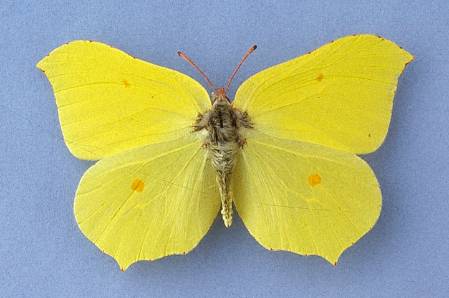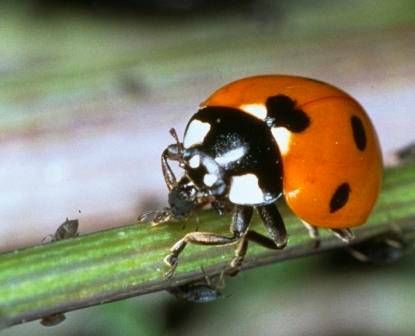How the dinosaurs did it - Brian Switek talk on 15 May 1600
Brian Switek is a well-known science writer and blogger, and author of the best-selling popular science book 'My Beloved Brontosaurus'. He will be giving a talk in the Flett Theatre at the Natural History Museum in London on the afternoon of Friday 15 May 2015 from 16.00 entitled 'Big Bang Theory: how the dinosaurs did it'. The talk is free to attend and open to all. Tea and coffee will be served after the talk.
Dinosaurs are endlessly fascinating. What they looked like, how they moved, what they ate, and innumerable other questions keep us going back to their bones. But there's one delicate subject that doesn't get quite as much attention as the others in books and museum halls - how did dinosaurs make more dinosaurs? In a special NHM talk, science writer and amateur palaeontologist Brian Switek will reveal what scientists are learning about how dinosaurs made the earth move for each other, from the evolution of sexy ornamentation to new investigations into how dinosaurs may have mated.
Contact Lil Stevens for details




